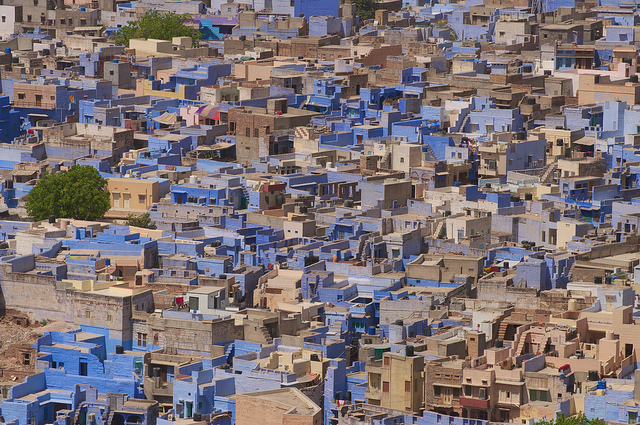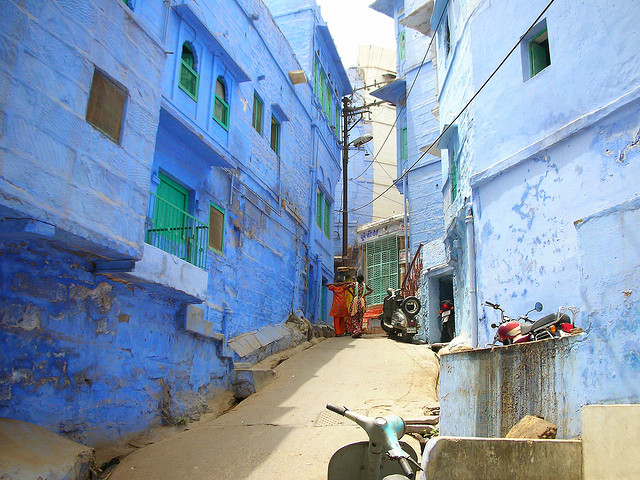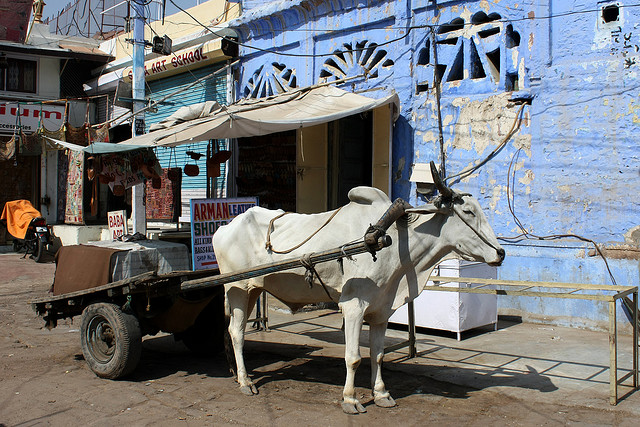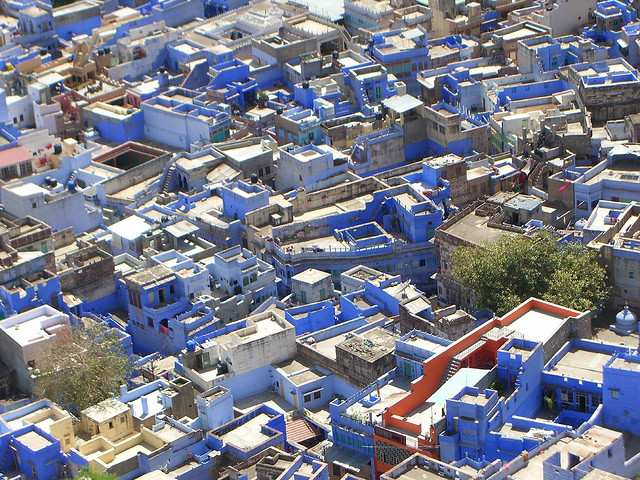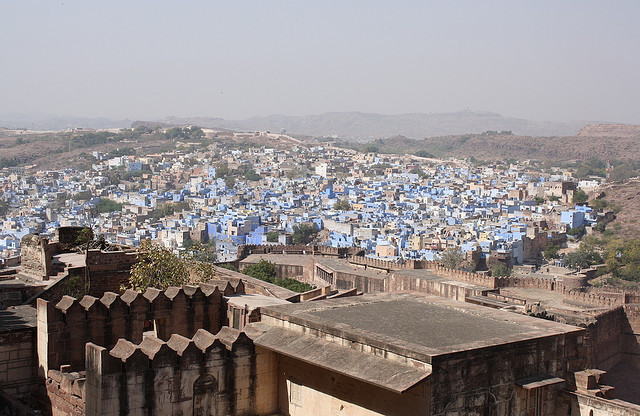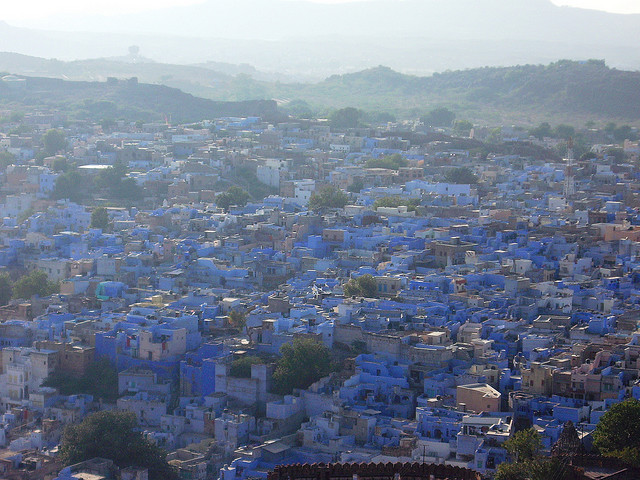
On September 4th, 1888, 122 years ago, George Eastman applied for a camera patent. It wasn’t the first camera, but it was the first portable film camera
Vintage Coloured Photographs


George’s interest with cameras had first ignited when he planned to take a camera on vacation to Europe. He ended up canceling the trip, but he became obsessed with photography. It was such a hassle to take a picture with the glass plates and wet chemicals and so he was a banker by day and chemical experimenter at night spending all his time after work scheming up a way to make the camera portable. He started experimenting with taking
Vintage photos on paper that had been painted with emulsion and later he got the combination right by putting photos on cellulose which allowed him to easily roll the film up for storage and development later.



In his patent he refers to it as a “detective camera.” I can only imagine that it’s because a detective would be the type of person who would need a portable camera. The way it worked is you would take 100 pictures and send it to Kodak for processing and they would send you back 100 pictures and a new roll of film.

 Vintage Photography's
Vintage Photography's earliest practitioners dreamed of finding a method for reproducing the world around them in color. Some nineteenth-century photographers experimented with chemical formulations aimed at producing color images by direct exposure, while others applied paints and powders to the surfaces of monochrome prints. Vigorous experimentation led to several early color processes, some of which were even patented, but the methods were often impractical, cumbersome and unreliable.
12 vintage cigarette ads

After decades of wishing for a practical color process, photographers were thrilled when Auguste and Louis Lumière announced the invention of the autochrome process. The Lumière brothers, inventors of the motion picture camera, presented their invention to the French Academy of Sciences in 1904.



The process used a screen of tiny potato starch grains dyed orange-red, green and violet. Dusted onto a glass plate, the dyed grains were covered with a layer of sensitive panchromatic silver bromide emulsion. As light entered the camera, it was filtered by the dyed grains before it reached the emulsion. While the exposure time was very long, the plate could be processed easily by a photographer familiar with standard darkroom procedures. The result was a unique, realistic, positive color image on glass that required no further printing.



George Eastman House has significant holdings of autochromes, including over 3900 examples by amateur photographer Charles Zoller of Rochester, New York. The museum also holds autochromes by Edward Steichen among others.




Woman in Oriental inspired gown, sitting in wooden throne, 1915

Costumed man examining jewelry, ca. 1910

Woman posed as Sphinx, ca. 1910

Genre scene, woman in kitchen peeling vegetables, ca. 1910



